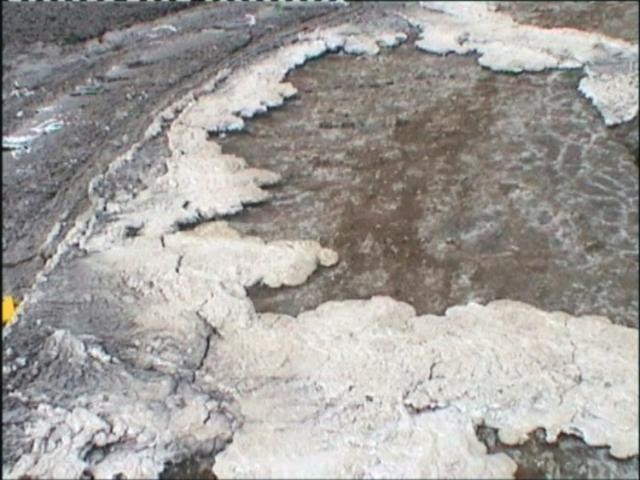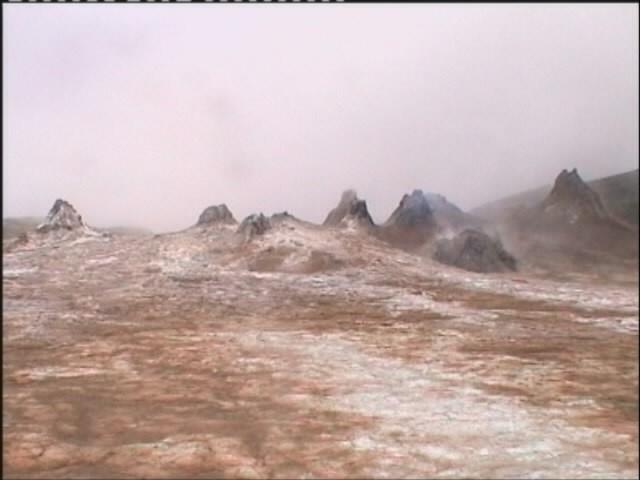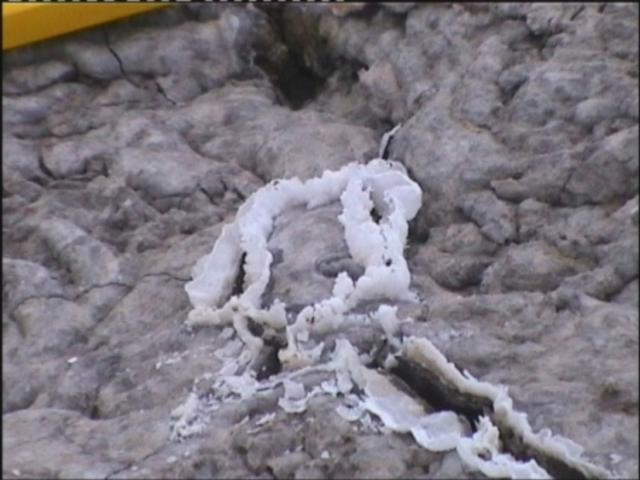Report on Ol Doinyo Lengai (Tanzania) — June 1999
Bulletin of the Global Volcanism Network, vol. 24, no. 6 (June 1999)
Managing Editor: Richard Wunderman.
Ol Doinyo Lengai (Tanzania) Ongoing intracrater activity; fresh extra-crater lava flows; wet vs. dry carbonatites
Please cite this report as:
Global Volcanism Program, 1999. Report on Ol Doinyo Lengai (Tanzania) (Wunderman, R., ed.). Bulletin of the Global Volcanism Network, 24:6. Smithsonian Institution. https://doi.org/10.5479/si.GVP.BGVN199906-222120
Ol Doinyo Lengai
Tanzania
2.764°S, 35.914°E; summit elev. 2962 m
All times are local (unless otherwise noted)
Eruptions from the summit crater continued at a steady state. The activity level was low, but new observations during the rainy season conflicted with previous assumptions of color and age relationships among the natrocarbonatite flows. On 3 April two fresh flows, each having volumes of ~30 m3, had apparently issued from two separate hornitos in the summit crater. The pahoehoe flows were extruded over older lavas saturated with water from recent rainfall and earlier that day had generated a prominent steam plume many hundreds of meters high and visible from Engare Sero, 10 km N of the volcano. Large areas of the highest part of the N crater floor remained unusually hot (>150°C) throughout the day and sounds of sloshing magma suggest that substantial collapse of this region might be imminent. Small amounts of lapilli surrounding a hornito indicated a recent small scale (~10 m) lava fountain.
Cross-sections cut through the strongly porphyritic ~0.5 m flows (gregoryite and neyereite) revealed compact non-vesicular interiors and a near-glassy crystal-supported matrix. During a rain squall individual rain drops were observed whitening the flow surface (perhaps 50-150°C) in seconds. The margins of the recent flows also had turned white during cooling (figure 60). Clearly the timing between eruption and direct precipitation can change the age/color relationship previously established for Lengai, and is unreliable during the rainy season, an important consideration for photo-reconnaissance interpretations.
 |
Figure 60. View of lava flows at Ol Doinyo Lengai on 3 April 1999 showing alteration of the flow margins from dark gray to white due to hydration during cooling. Courtesy of Matthew Genge. |
Intense fumarole activity from at least five of the larger hornitos, and from crater-rim fissures and cooling cracks on the lava flows, continued throughout 3-4 April (figure 61). Hornitos produced continuous steam and/or H2S gas, although one emanated blue and then black smoke. Another large hornito produced substantial heat haze but no visible gas. Fumaroles from cooling cracks in the fresh lava were associated with delicate salt deposits (figure 62).
 |
Figure 61. Fumarolic activity from hornitos in the crater of Ol Doinyo Lengai on 3 April 1999. Courtesy of Matthew Genge. |
 |
Figure 62. Salt deposits lining cooling cracks on recent lava flows at Ol Doinyo Lengai, 3 April 1999. Courtesy of Matthew Genge. |
At the time of the visit lava that flowed over the crater rim in the N and E (see BGVN 24:02) extended many hundreds of meters down the flanks of the volcano. The state of weathering of these flows suggested they were 1-2 weeks old, consistent with reports that glowing lava could be observed on the flanks of the volcano from Engare Sero at night during this period. Lava was also close to the NW rim of the crater. During this rainy season (as in the last one) vigorous flowing streams of water delivered both volcanic solutes (soda-rich) and volcanic detritus directly to Lake Natron, which was wet from shore to shore.
Geological Summary. The symmetrical Ol Doinyo Lengai is the only volcano known to have erupted carbonatite tephras and lavas in historical time. The prominent stratovolcano, known to the Maasai as "The Mountain of God," rises abruptly above the broad plain south of Lake Natron in the Gregory Rift Valley. The cone-building stage ended about 15,000 years ago and was followed by periodic ejection of natrocarbonatitic and nephelinite tephra during the Holocene. Historical eruptions have consisted of smaller tephra ejections and emission of numerous natrocarbonatitic lava flows on the floor of the summit crater and occasionally down the upper flanks. The depth and morphology of the northern crater have changed dramatically during the course of historical eruptions, ranging from steep crater walls about 200 m deep in the mid-20th century to shallow platforms mostly filling the crater. Long-term lava effusion in the summit crater beginning in 1983 had by the turn of the century mostly filled the northern crater; by late 1998 lava had begun overflowing the crater rim.
Information Contacts: Matthew J. Genge, Department of Mineralogy, The Natural History Museum, Cromwell Road, London SW7 5BD, United Kingdom; Matt Balme and Adrian P. Jones, Department of Geological Sciences, University College, London, United Kingdom.

